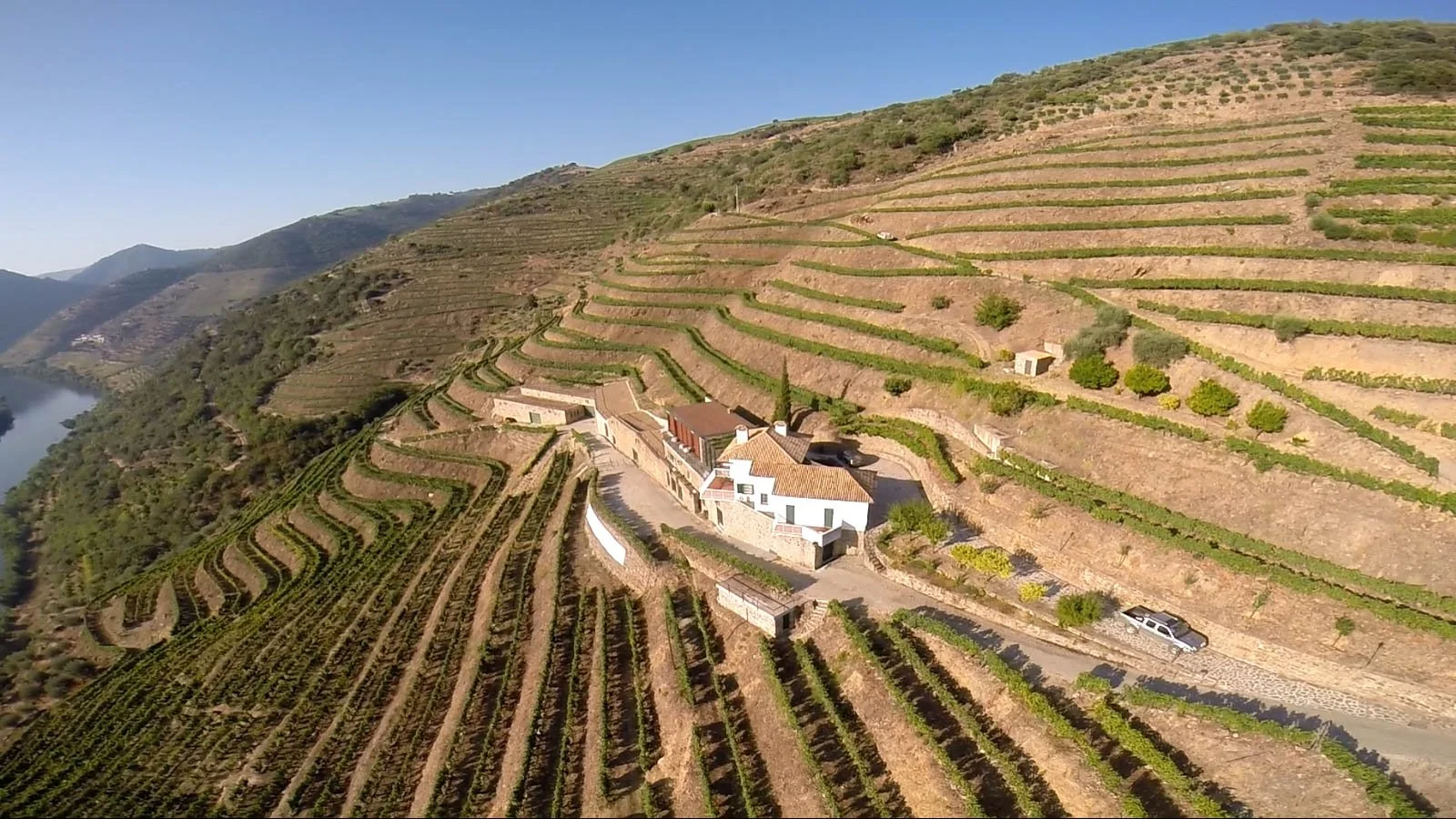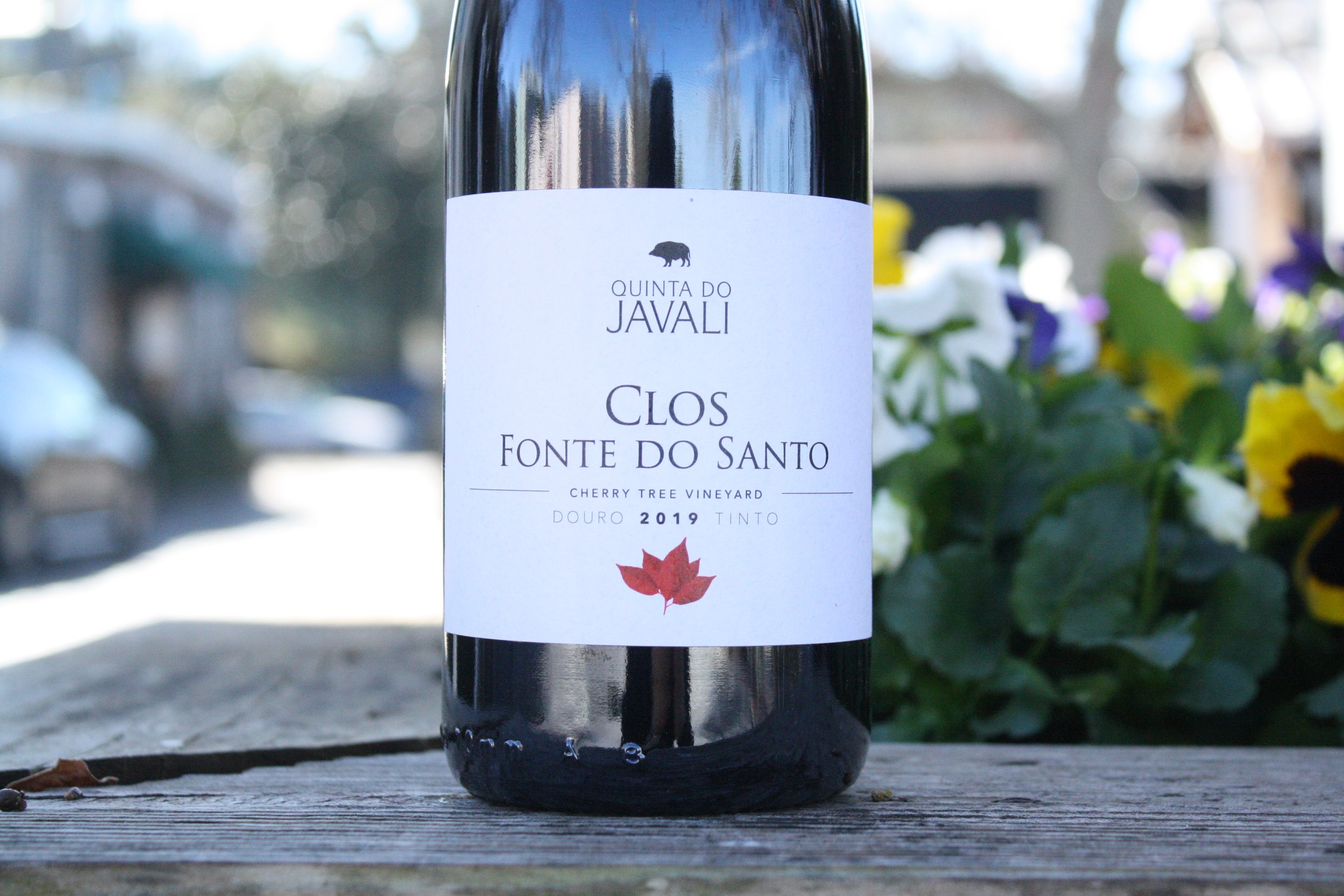quinta do javali
Antònio Mendes
São joão de pesqueira
douro valley - portugal
story…
Quinta do Javali (jah-va-lee) consists of 25 total hectares of vineyards that have been planted to vines dating back as far as the mid 1600’s. The Mendes family have owned & cared for these vineyards since purchasing it in 1982. Originally purchased by Antonio’s (seen above) father as a traditional port estate. Antonio brought much of the vision & drive that has created the Quinta do Javali estate as it is today. Looking towards the future Antonio saw great promise is the production of dry wines, both white & red. He, along with the support of his family, also looked to the vineyards & their farming as way to move forward. Eschewing conventional farming practices to instill organic & biodynamics practices.
Today the estate continues to produce a small amount of traditional port wines of the region, while also producing a host of more forward thinking wines from their estate vines. Some of these are more classic styles of dry wine utilizing the large selection of indigenous varieties, but they have also dabbled in some more experimental & for lack of a better term, “trendy”, styles like pé-nat.
farming & Philosophy…
As mentioned above the farming here is done entirely through organic & biodynamic practices, both of which they hold certifications for. Utilizing several of the core recipes that were laid out by Steiner for vineyard sprays & treatments. The vineyards have steady cover crops throughout the year, only having a small gap in broken vegetation after being plowed by horse drawn plows. The cover crop consists of several types of native vegetation as well as a good amount of fungi/mushrooms. The vineyards also get a natural “tilling” from the wild boar in the area that roam the vineyards and dig for food sources in between the rows; in fact javali is Portuguese for “wild boar”.
They have new winemaking/cellar facility that is located at the base of their Clos Bonifata vineyard. Since they produce a fairly wide range of wines their production methods vary between each line of wine they make under the estate. Native yeast fermentations are unanimous across all lines of wines. The wines we will be working with fall into a lighter, more gentle touch style of winemaking that is the newest addition to their lineup. Having first started with port production, then moving into fuller bodied red wines before eventually venturing into more subtle bottlings that tend to showcase the place, grape & terroir a bit more clearly. Fermentations mainly take place in stainless steel lagar (lagar are traditional, typically stone or cement, shallow fermentation vats used all across Portugal & parts of Spain). Aging is done in a mix of stainless steel, neutral French oak barrels & in some cases concrete eggs.
Vineyards…
Their vineyards consists of 27 hectares of planted vines The primary source of the wines we work with comes from the Clos Fonte do Santo vineyard which sits on a steep slope of granite & schists soils, with terraced vine rows. Clos Fonte do Santo is further parceled out into three separate parcels: Bees Vineyard - at the bottom of the slope, Cherry Tree Vineyard - located mid slope, & Stone Vineyard at the highest point of the vineyard site. The entirety of this vineyard sits between 670 - 700 masl & is planted to over 30 indigenous varieties. Antonio has also established a new, smaller white wine only vineyard that sits 1km west of Clos Fonte do Santo called Clos Bonifata. This site is 2 ha in size & was planted in 2016 entirely to white (branco) varieties, mostly Arinto & Viosinho.
Clos Bonifata
a 2 hectare vineyard planted in 2016 entirely to indigenous white varieties, mostly Arinto & Viosinho along with smaller amounts of Rabigato. biodynamically certified. plowed by horse drawn plows only. all treatments & vineyard work is carried out according to the lunar calendar
Clos Fonte do Santo
a 9+ hectare vineyard consisting of 80+ year old vines planted an impressive 45 degree slope, un terraced, between 650-700+ masl. planted to over 30 indigenous red varieties including the most recognized Portuguese red grapes: Tinta Roriz, Touriga Franca, Touriga Nacional, & Tinto Cão along with a host of others. all the wine from this site is produced as a field blend selection from different parcels, never by a specific grape variety. the three parcels within this vineyard are produced & bottled separately, along with carrying a different vineyard name on the label they are also wax sealed with different color to denote the separate sites within Clos Fonte do Santo. Each of the parcels are produced in the exact same way, Antonio wants to showcase the diversity of the site & how as you move up the hillside the resulting wine changes due to the microclimate, soils & sun exposure; not his skillset as a winemaker.
Bees Vineyard - located at the lower elevation reaches of the vineyard, bottled under a blue wax seal
Cherry Tree Vineyard - located in the mid slope & marked by a few stand along cherry trees at the edges of the clos, bottled under a cherry wax seal (a lighter, bright red)
Stone Vineyard - the highest reaches of the Fonte do Santo, marked by three jagged stones that thrust out of the steep slope of the hillside, bottled under a red wax seal




